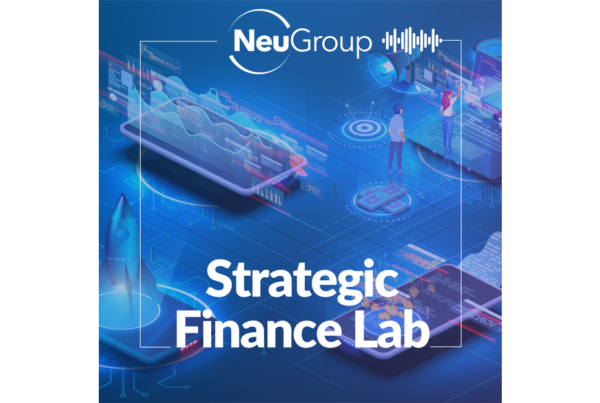
HSBC and one member established a supply chain finance program that rewards ESG-friendly suppliers.
Corporates striving to reduce their carbon footprints amid investor pressure and growing disclosure regulations face a daunting challenge when it comes to reducing emissions by suppliers and customers. These so-called scope 3 emissions do not originate from the business itself but are an indirect consequence of the corporate’s value chain.
- Enter ESG-linked supply chain financing programs like HSBC’s sustainable supply chain financing program, which incentivizes suppliers to have fewer emissions and stronger ESG performance at no cost to the corporate buyer.
- At a recent meeting of NeuGroup for European Treasury sponsored by HSBC, Sibel Sirmagul, the European product and proposition head on the bank’s global trade and receivables finance team co-presented with a NeuGroup member company that recently implemented the program. A number of the member’s suppliers are already benefiting from discounts thanks to favorable ESG outcomes.
- “Scope 3 emissions are the elephant in the climate room,” Ms. Sirmagul said. “These value chain emissions often contribute the largest part of corporate-related emissions. Greater scrutiny of corporate scope 3 emissions can offer insight into overall climate risk and potential greenwashing.”
How it works. Similar to other forms of sustainability-linked financing, HSBC’s sustainable supply chain program relies on KPIs established by the corporate, in partnership with the bank.
- “In our experience, it’s mostly environmental and social KPIs,” she said. “The first thing you need is an ESG agenda incorporating sustainability KPIs for your suppliers. You need to have a policy in place, and a methodology to differentiate suppliers, usually with the help of third party rating agencies creating ESG scoring.”
- Like traditional supply chain financing, the program allows suppliers to get paid ahead of time, as the corporate leverages its superior credit rating to obtain short-term credit that optimizes working capital for both the buyer and the seller, and the seller accepts a small discount for the early payment.
- ESG performance incentives can minimize that discount, allowing the supplier to get more of their payment in the end.
- “The pricing is determined at the outset based on the credit profile of the corporate, then there’s an adjustment based on the supplier’s ESG rating and performance,” Ms. Sirmagul said. While the differential between tiers may not be substantial, tiered pricing provides incentives for suppliers on their ESG journey and supports their relationship with the corporate.
- But it’s crucial for companies with supply chain financing programs to have a platform that facilitates trades and payables, said the global supply chain manager of the member company that worked with HSBC. “Otherwise, it’s very challenging to have a solution like this in place,” he said.
- In this case, the member used Infor Nexus, a cloud supply chain platform that “has all the business covered, from purchase order creation to logistics documentation process.”
Three keys to establishing an ESG supply chain financing program:
- A cooperative approach between finance and sustainability teams.
- “We always say that supply chain finance is an enabler to your sustainability program,” the member company’s director of sustainability said. In this case, it was mostly related to the business’ compliance program, which already monitored the many ESG requirements for suppliers.
- The company already had 100 pages of ESG requirements that its suppliers must meet, including low environmental impact and minimal safety concerns.
- “If you’re thinking that this is a program that’s going to stand alone, that’s going to be very challenging,” he said. “For us, a precondition was having compliance and our sustainability program already built.”
- A defined program to monitor vendors’ KPI performance.
- Even before the project with HSBC, the company had a defined set of rules related to emissions and workplace safety that scored suppliers from one to 10 on an annual basis, with four meaning very poor, four through six being average and above seven being good performance.
- “The scores we generate are linked to risk, so if a vendor is at level four, it’s a high risk—and this impacts how we approach the supplier,” the director of sustainability said. “That can mean short-term mediation or a long-term impact, for example volumes changing or eliminating them from our supply chain.”
- A long-term plan.
- The last thing to keep in mind, the company’s director of sustainability said, is to have a plan for evolving requirements as times change and KPIs shift.
- To incentivize strong performance, the company raised volumes and gave priority to suppliers that immediately scored highly or even went above and beyond compliance into more strategic programs like preventing climate change.
- “This was really good news because a good performer is going to be a good performer in many different areas, including sustainability and labor,” he said. “But with a bad performer, usually what we find is that the program was not incentive enough to move into the next level.”


